Super Earths
Super Earths
I've discussed this before, but recent observations have revealed that these super-sized earth-like planets could be candidates for advanced civilizations.
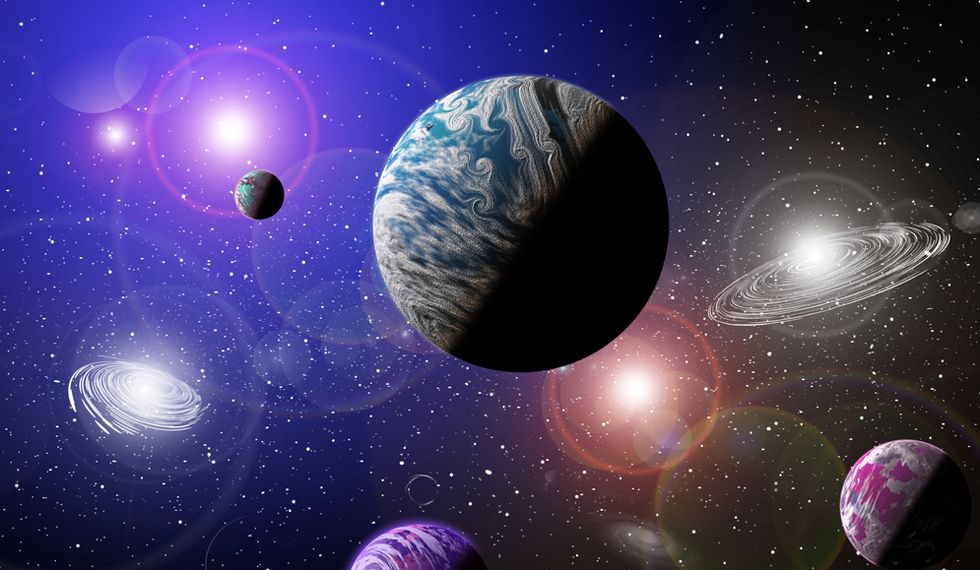
However, a recent discovery has revealed a Earth-sized planet nearby, and the good news is that this planet could contain life and it's the closest example of this to us. The planet orbits Ross 128, a red dwarf star that's only 11 light years away from Earth. What's really wild is that this star system is moving toward us and in 79,000 years will be our closest neighboring system.
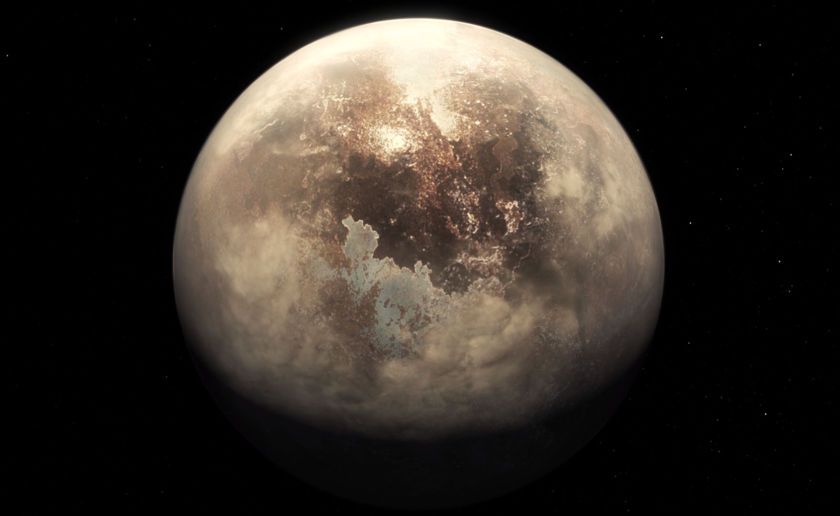
This Earth-like planet orbits Ross 128b every 9.9 days and its in the habitable zone and capable of having liquid water on its surface. Most red dwarf stars are not stable and spew giant flares that could be dangerous to life. The good news is the Ross 128b is much more stable than normal. Despite the fact that this planet receives 1.38 times the amount of irradiation than Earth does, but since the dwarf star is relatively cool - half the temperature of our sun - the temperature on the surface of the planet varies from -60 and 20 degrees Centigrade.
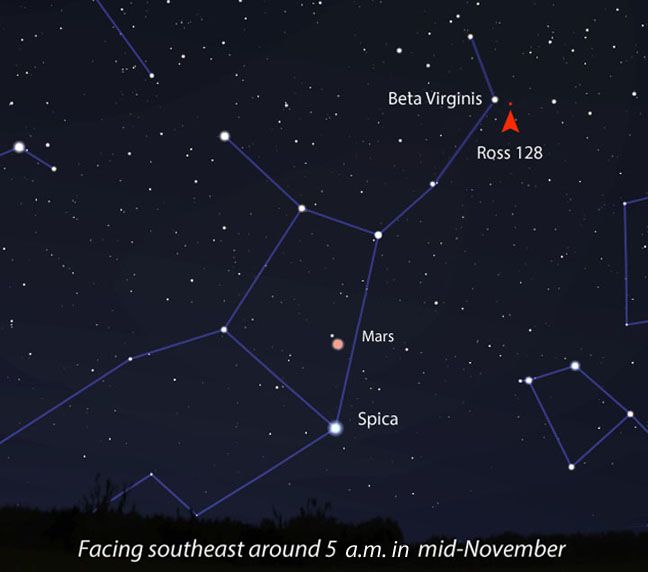
The question remains as to whether this planet has a good magnetic field to protect it from the flares that come from its red dwarf star. Also, we don't know if this planet has oxygen in its atmosphere. Oxygen is only produced by life. Since the star system is so close, the answers to these questions may be forthcoming.
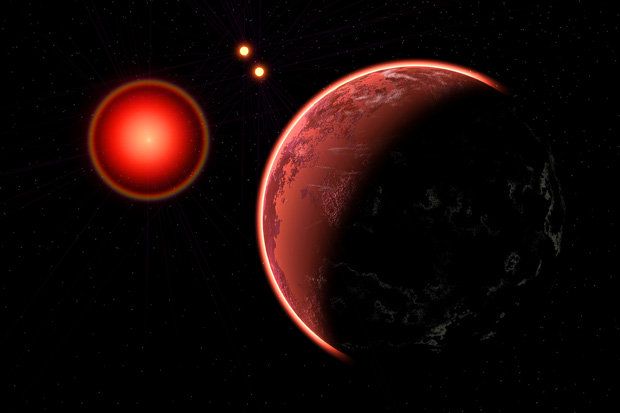
On the other hand, astronomers are beginning to consider super earth planets as being the location of intelligent life. These super-sized Earth-like planets are very numerous throughout our galaxy. It's believed that they have lots of volcanic activity, which would suggest that they posses very strong magnetic fields to protect them from their stars, which are mostly red dwarfs that flare a lot.
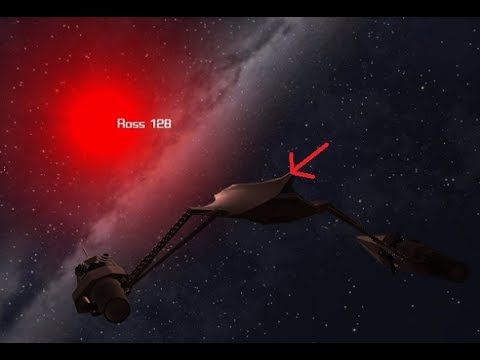
Despite the fact that these planets are larger than Earth, in some cases 2 to 3 times larger, they would be perfect for the development of life and its eventual evolution into intelligence. The reason for this is the fact that red dwarf stars last for trillions of years, and once they get over their youthful years of throwing fits, they become very stable. This would allow life to evolve into intelligence.
In the case of our planet Earth, placental mammals only developed in the last 50-60 million years. Homo sapiens only came upon the scene 250,000 years ago. This is like a drop in the bucket of cosmological time. The Earth formed life 3.5 billion years ago and only consisted of single celled bacteria until 2 billion years ago. We forget how slow and methodical evolution is. In other words, a planet and its star must be stable for billions of years for life to develop and evolve. These super-sized earths might be stable for many billions of years, possibly a trillion years.
The fact that these super Earth planets seem to be very common, this could indicate that intelligent life is common. However, there is one more criteria for that to be the case. It appears that our Earth is in the goldilocks zone of the Milky Way galaxy. We are in a quiet zone between arms of our galaxy at a distance from the center to protect us from frequent supernovae. There are probably lots of good planets in these zones. I have not yet seen an estimate.
Thanks for reading.
Bạn đang đọc truyện trên: Truyen247.Pro